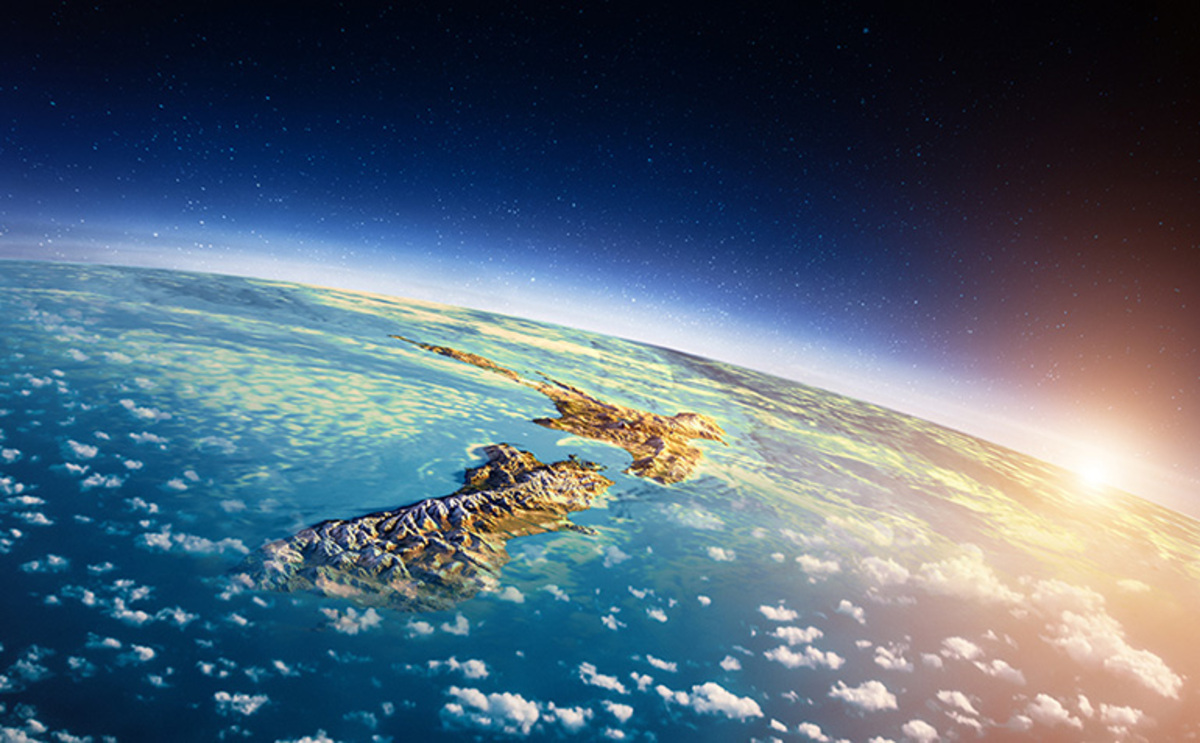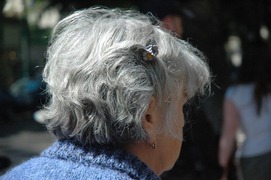Census reveals New Zealand's growing diversity
Staff Reporter
30 May 2024, 8:36 PM
 Population growth slows, but diversity increases.
Population growth slows, but diversity increases.New Zealand’s population has become more diverse and slightly older, according to the first data release from the 2023 Census of Population and Dwellings by Stats NZ.
The country's population now stands at 4,993,923, an increase of nearly 300,000 since the 2018 census, although the growth rate has slowed significantly from 10.8 percent to 6.3 percent over the same period.
"The first release of data is a welcome milestone in the delivery of the 2023 Census," said Mark Sowden, Government Statistician and Chief Executive of Stats NZ. "The data we have released will enable local authorities, iwi and hapū, community organisations, and the people of Aotearoa New Zealand to incorporate census data into their decision-making about the infrastructure and services needed by communities across the country."
The North Island remains home to the majority of the population, with 76.3 percent residing there, and Auckland alone housing 33.2 percent of the nation's people.
Despite this, the fastest population growth occurred in the South Island at 7.3 percent, outpacing the North Island’s 5.9 percent growth.
Notably, Selwyn and Queenstown-Lakes districts continue to lead as the fastest-growing territorial authorities.
Auckland’s growth has slowed to 5.4 percent, a significant drop from previous periods.
However, the city's population is now more diverse, with Europeans making up 49.8 percent, Asians 31.3 percent, Pacific peoples 16.6 percent, Māori 12.3 percent, and Middle Eastern/Latin American/African (MELAA) groups 2.7 percent.
The median age of Auckland residents has risen to 35.9 years from 34.7 years in 2018, reflecting the national trend of an ageing population.
Nationally, the median age increased from 37.4 years in 2018 to 38.1 years in 2023.
The ethnic composition of New Zealand’s population is also shifting, with the proportion of people identifying as Māori rising to 17.8 percent, Asians to 17.3 percent, Pacific peoples to 8.9 percent, and MELAA groups to 1.9 percent.
Europeans still form the majority at 67.8 percent, but the diversity of the population is evident in these growing figures.
"The population of New Zealand continues to age, with the median age of the population rising to 38.1 years in 2023, compared with 37.4 years in 2018," Sowden noted. "While people of European ethnicity made up the majority of the population in 2023, the ethnic make-up of the population continued to diversify."
All regions, except Wellington city and the Chatham Islands, saw population growth, though Wellington and Southland experienced the slowest rates at 2.8 percent and 2.7 percent, respectively.
The regions adjacent to Auckland, Waikato, and Northland, also showed significant growth at 8.9 percent and 8.3 percent, respectively.
In addition to population metrics, the census also recorded housing data, counting 611,895 dwellings in Auckland alone, marking an 11.9 percent increase since 2018.
More detailed data and insights from the census are set to be published on Stats NZ platforms starting from October 3, 2024.
This census data is crucial for planning and resource allocation, guiding decisions on infrastructure and services to meet the needs of New Zealand's increasingly diverse and ageing population.

HIBISCUS COAST NEWS
SERVICES & TRADES

